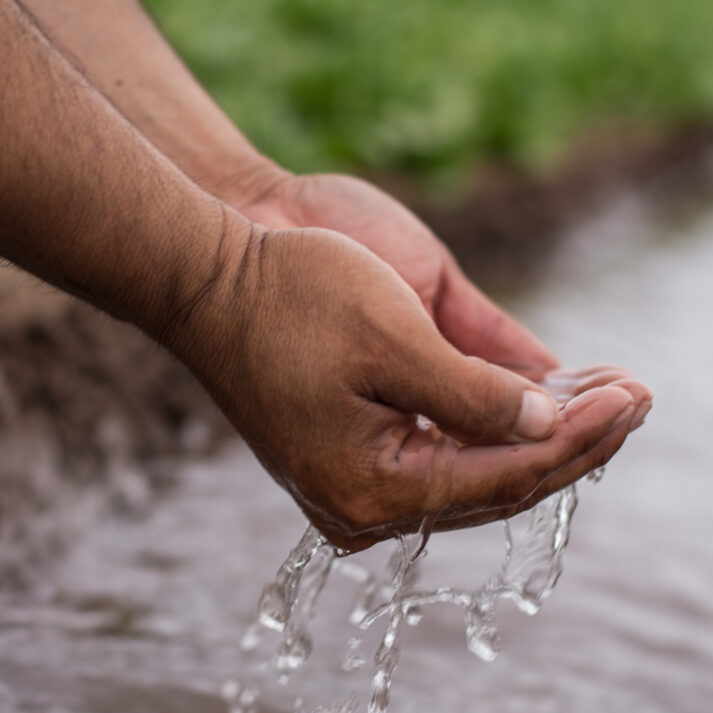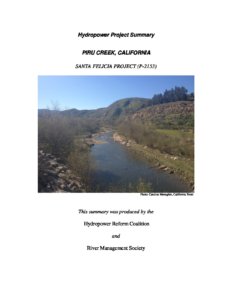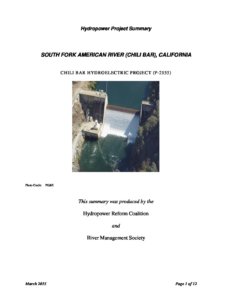A Good First Step for our Infrastructure

It’s hard not to get excited about the investment included in the Bipartisan Infrastructure Framework currently moving through congress. The Infrastructure Investment and Jobs Act would invest $55 billion in water infrastructure, $12 billion for flood management and over $4.5 billion for watershed restoration. It is a good start, but more needs to be done.
In our 2021 Blueprint for Action report (released in Fall 2020) we recommend investing $200 billion for improving water infrastructure, $200 billion for modernizing flood management, and $100 billion for restoring watersheds in our community. Look at that math — the Infrastructure Investment and Jobs Act is only a downpayment. But it is an important first step.
The Biden administration has re-energized and spurred Congress to recognize and address the myriad of water resources issues that require federal investment. Now that the Senate has all but voted on the Bipartisan Infrastructure Framework, the House will get the chance to come up with their own proposal. It’s worth remembering that the House included over $104 billion for water infrastructure compared to the Bipartisan Infrastructure Framework (based on S. 914) which included $55 billion for water infrastructure.
Water Infrastructure
These numbers may seem exorbitant, but investment in our water resources is long overdue. In 1977, 63 percent of total capital spending for water and wastewater systems came from federal agencies; today that number is less than nine percent. There are over two million people who lack access to running water or basic indoor plumbing, which disproportionately affects Black, Latino and Indigenous communities. The Infrastructure Investment and Jobs Act provides over $43 billion for the Drinking Water and Clean Water State Revolving Funds (SRF). Importantly, there is a provision that reduces the state cost share for the first two years to 10 percent and directs 49 percent of the funding to be administered as grants and completely forgivable loans.
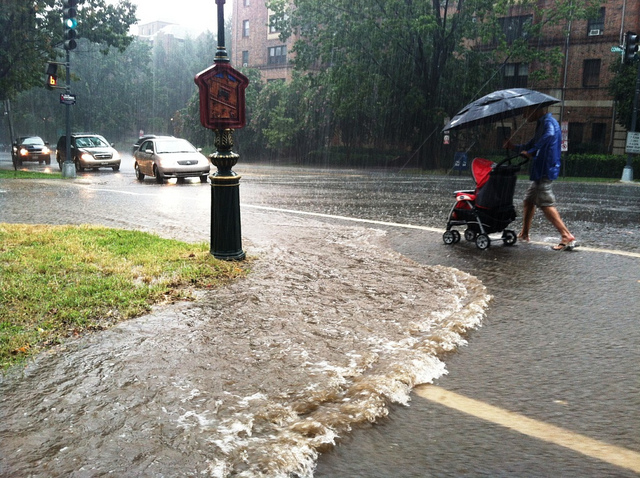
This investment will not only fund programs for small and disadvantaged communities ($510 million), sewer overflow and stormwater reuse grants ($1.4 billion), and Indian Water Rights ($2.5 billion), it will also fund studies on clean watershed needs, advanced clean water technologies, stormwater infrastructure technology, and historical funding distribution to small and disadvantaged communities.
American Rivers supports increased funding for water infrastructure in any bipartisan infrastructure package, but we strongly feel the following is what is needed above and beyond what’s in the current bill:
- $10 billion per year for the Clean Water State Revolving Fund
- $10 billion per year for the Drinking Water State Revolving Fund
- A minimum of 20% of SRF funding for additional subsidization for disadvantaged communities
- A minimum of 20% of SRF funding for the Green Project Reserve
Flood Management
As the Bipartisan Infrastructure Framework continues to evolve, it’s essential that infrastructure projects are not placed in the floodplain and are designed to be resilient to future floods. Climate change has normalized more frequent and intense weather events exacerbating flooding and displacing many and causing billions of dollars of damage to property. These issues are not subsiding anytime soon, and existing flood management practices are not built to withstand worsening floods. Congress has responded by including sizable investments in flood management, including $3.5 billion for Flood Mitigation Assistance, $1 billion for Building Resilient Infrastructure and Communities (BRIC), $2.2 billion for Federal Assistance to FEMA, $2.5 billion for U.S. Army Corps of Engineers inland flood management. Moving forward, we must continue to promote equitable, integrated flood management and prioritize nature-based approaches to managing floods.
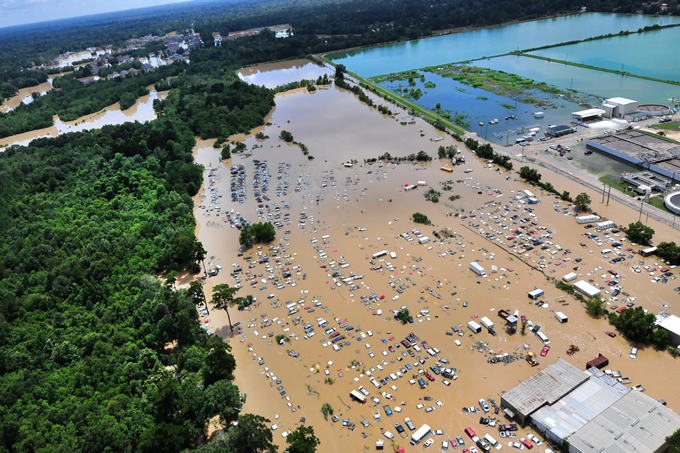
American Rivers supports increased funding for flood management in any bipartisan infrastructure package, but feel the following is needed above and beyond the current bill:
- $10 billion over five years for the FEMA BRIC program, with 20% set aside for natural infrastructure projects
- $5 million annually for the Federal Interagency Floodplain Management Task Force
- $5 billion for flood mapping programs with FEMA
- $50 million annually for Flood Plain Management Services with the U.S. Army Corps.
Restoring Watersheds
Following an unfortunate trend, our watersheds are also threatened by a changing climate. The Bipartisan Infrastructure Framework provides an opportunity to restore and manage our watersheds and contribute to President Biden’s ambitious goal of conserving 30% of land and water by 2030. The Infrastructure Investment and Jobs Act would provide the U.S. Fish and Wildlife Service with $255 million, including $162 million for the Klamath Basin. The Bureau of Reclamation would receive $200 million for multi-benefit projects and management related to watersheds, the U.S. Army Corps would receive $2 billion for Ecosystem Restoration, and the Natural Resource Conservation Service would receive $468 million for watershed programs.

Dams are a part of the 2 million barriers that prevent fish from migrating upstream and alter the natural conditions of rivers and watersheds. Removing vulnerable dam structures is multi-purpose, multi-benefit approach that will allow rivers to slowly return to a natural riverine habitat and also prevent old and unmaintained dam failures. The Bipartisan Infrastructure Framework makes a historic $1.6 billion investment for dam removal and dam safety, a critical down payment for restoring free-flowing rivers and protecting communities from dangerous dams.
American Rivers supports increased funding for watershed restoration in any bipartisan infrastructure package, but feel the following is needed above and beyond the current bill:
- $1.6 billion for Dam Safety and Dam Removal programs
- $1 billion to the NRCS Emergency Watershed Protection Program
- $1 billion for the Habitat Conservation Program with NOAA
- Ensure that all infrastructure funding prioritizes resilient and nature-based solutions such as restoring wetlands, rivers, streams and watersheds, floodplain restoration and reconnection, and that new projects and repairs restore natural functions and features wherever practicable.
While investments of this size are a promising start, they are only the first step. Now is the time to make the necessary, equitable investment to remedy historical disenfranchisement, address pressing water resource issues, and prepare for the future problems that will be driven by climate change.
The post A Good First Step for our Infrastructure appeared first on American Rivers.

